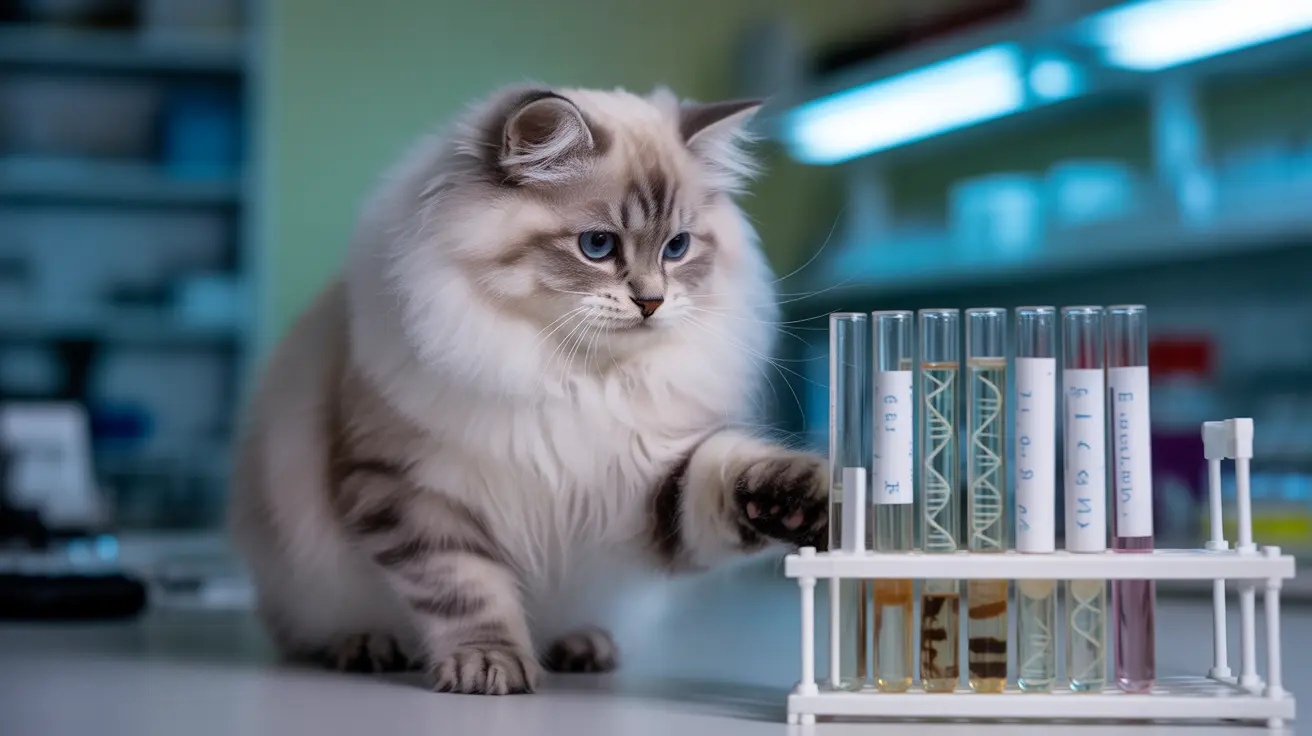If you've noticed your cat scratching excessively or developing greasy, scaly skin patches, Malassezia might be the culprit. This common yeast organism naturally exists on cats' skin, but when it overgrows, it can cause uncomfortable dermatitis that requires veterinary attention.
In this comprehensive guide, we'll explore everything cat owners need to know about Malassezia infections, from early warning signs to effective treatment options and prevention strategies.
What is Malassezia Dermatitis in Cats?
Malassezia dermatitis occurs when naturally-occurring yeast organisms multiply beyond normal levels on a cat's skin. While this condition is less common in cats than dogs, it often signals an underlying health issue that needs attention.
The primary culprit is usually Malassezia pachydermatis, though other species can be involved. This opportunistic yeast typically only causes problems when something disrupts the skin's natural balance or weakens the immune system.
Common Signs and Symptoms
Identifying Malassezia dermatitis early can help ensure prompt treatment. Watch for these characteristic signs:
- Persistent scratching and skin irritation
- Greasy or scaly skin patches
- Redness and inflammation
- Strong, musty odor
- Hair loss in affected areas
- Darkened skin (in chronic cases)
Risk Factors and Underlying Conditions
Several factors can increase your cat's risk of developing Malassezia dermatitis:
- Allergies (environmental or food-related)
- Immune system disorders
- Hormonal imbalances
- Long-term antibiotic use
- Chronic skin conditions
- FIV or FeLV infection
- Diabetes
Diagnosis and Treatment Approaches
Veterinarians typically diagnose Malassezia through skin cytology tests, examining samples under a microscope to identify excessive yeast organisms. They'll also investigate potential underlying conditions that might be contributing to the infection.
Treatment Options
Treatment usually involves a multi-faceted approach:
- Antifungal shampoos or wipes
- Topical medications for localized infections
- Oral antifungal medications for severe cases
- Treatment of any underlying conditions
- Regular monitoring and follow-up care
Prevention and Long-term Management
Preventing recurrence requires ongoing attention to your cat's skin health:
- Regular veterinary check-ups
- Prompt treatment of any skin issues
- Managing underlying conditions effectively
- Maintaining good hygiene
- Avoiding unnecessary antibiotics or steroids
Frequently Asked Questions
What are the common signs of Malassezia dermatitis in cats and how can I recognize it early?
Malassezia dermatitis typically presents with excessive scratching, greasy or scaly skin patches, redness, and a distinctive musty odor. Early signs include increased scratching and changes in skin appearance or texture.
How is Malassezia dermatitis diagnosed in cats, and do I need special tests for underlying diseases?
Diagnosis involves skin cytology tests where your veterinarian examines skin samples under a microscope. Additional testing is often necessary to identify underlying conditions, as Malassezia overgrowth in cats frequently indicates other health issues.
What are the most effective treatments for Malassezia yeast infections in cats, including topical and oral options?
Treatment typically combines antifungal shampoos or wipes with oral medications for severe cases. The most effective approach depends on the infection's severity and location, along with any underlying conditions.
Can Malassezia dermatitis in cats be prevented, and what steps should I take to reduce recurrence?
While not always preventable, managing underlying conditions, maintaining good skin hygiene, and regular veterinary check-ups can help reduce recurrence risk. Prompt treatment of any skin issues is also crucial.
Why is Malassezia dermatitis less common in cats than dogs, and what underlying conditions increase my cat's risk?
Cats naturally have more resistant skin barriers than dogs. However, conditions like allergies, immune disorders, FIV/FeLV, and diabetes can increase susceptibility to Malassezia overgrowth.
Remember, while Malassezia dermatitis can be effectively managed, early intervention is key to successful treatment. If you notice any concerning skin changes in your cat, consult your veterinarian promptly for proper diagnosis and treatment.






